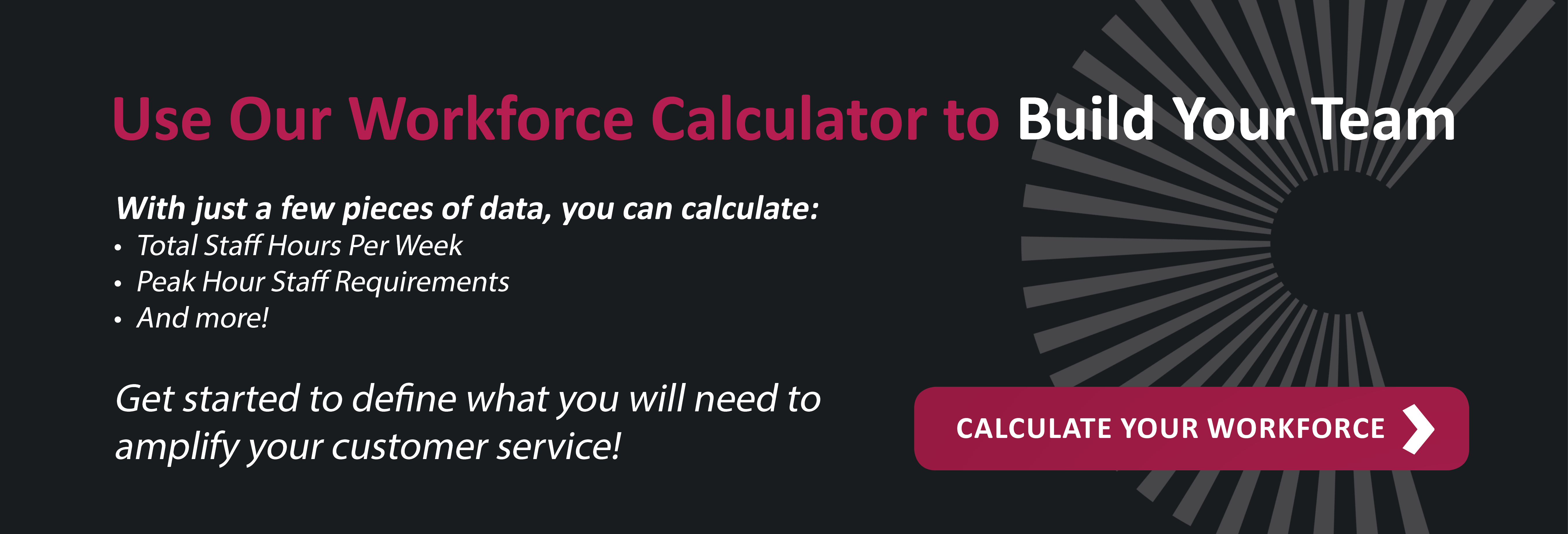Causes of Inaccurate Call Center Workforce Forecasting & How To Avoid Them
Without effective workforce forecasting, call centers cannot serve customers well or function profitably.
Virtually everything that goes into optimizing resources — recruiting, hiring, staffing, and scheduling — depends on having an accurate estimate of the work that will come your way.
How accurate does your forecast have to be? As a general rule of thumb:
- Large agent groups (100 or more agents) generally see relatively stable contact patterns. You should strive to forecast workforce needs to within 5 percent (or better), down to specific intervals (see table below).
- Small groups (15 or fewer agents) often have more volatile patterns and should shoot for plus or minus 10 percent.
- Those in-between should strive for something as close to 5 percent as possible.
 In a perfect world, workforce forecasting would also be perfect. So, think of it as a work in progress, with continuous improvement as your top priority.
In a perfect world, workforce forecasting would also be perfect. So, think of it as a work in progress, with continuous improvement as your top priority.
To help you reach your goals, we have identified ten common barriers to forecasting accuracy. In most cases, call centers with inaccurate forecasts usually find that two or three of these issues are most prevalent. The good news is, you can avoid these problems! By identifying the culprits, remedies become evident.
READ: Call Center Forecasting Challenges Managers Face
1. No Systematic Process Exists
No excuses! Two myths often used to justify the absence of a systematic forecasting process focus on the “impossibly unpredictable” nature of the environment or claim that forecasting is simply not worth the time and effort. These misconceptions will set you up for failure because you cannot forecast successfully without establishing a consistent process.
2. Assuming "the Forecasting Software Knows Best"
Forecasting software can be very helpful in collecting and analyzing data, running scenarios, contrasting methodologies and predicting potential outcomes. But you cannot just plug numbers in and have accurate forecasts pop out. The software does not know about your marketing plans, competitor activity, or any significant initiatives you have recently put in place that will literally reshape services. Software is a tool, not a replacement for humans.
3. Failure to Forecast at the Agent Group Level
Even a perfect forecast of the aggregate workload will be of limited use if you route contacts to specialized groups. If you have a group of Spanish-speaking agents handling services A, B and C, you will need to forecast contacts from Spanish-speaking customers who need help with those services. This, of course, is a prerequisite to effective recruiting and hiring.
4. Ignoring Your Forecast
If the forecast has been wildly inaccurate in the past or if no one understands the assumptions used in the process, it will not be given the credence it needs in the planning steps to follow.
5. Including Exceptions in Building Your Forecast
Utility companies see contact volume go up when storms knock out power. The financial industry gets swamped when markets swoon. And all contact centers know what it is like to deal with a surprise spike in volume from an unannounced marketing campaign. These events are exceptions to normal activity, so including them in workforce forecasting guarantees skewed results. Those preparing the forecast must understand the root causes of past experience in order to make sound judgments about what will most likely be needed on an ongoing basis.
6. There is no Inter-Departmental Communication
Most of the issues that affect customers and contact centers are caused by something going on in another department of your business. The forecast, as well as any larger business transformation initiatives, can be doomed if communication and feedback don't exist across all departments.
7. Planning Is Based on Unrealistic Goals
If staffing is based on a handling time of four minutes when actual handling time is more like seven minutes, the resulting staff calculations and schedules will be based on a pipe dream. While things like lower employee turnover, improved training, or better systems could move things toward your desired handling time. However, ignoring reality in the planning process won't help to achieve better results or build confidence in the forecast.
8. No One Is Accountable
Someone needs to be responsible for pulling together the various types of data needed for forecasting, ensuring that data is integrated into the forecast, and investigating which assumptions were off if the forecast proves to be inaccurate.
9. Agents Are Mixing Flexible Activities into Work Modes
If agents are not using work modes consistently, especially after-call work, then accurate forecasting will be elusive.
10. Not Making the Connection with Staffing
Forecasts mean nothing unless they are tied to staff and system resource requirements. Once you have a sound forecasting process in place, you are prepared to hire contact center superstars.
Workforce forecasting takes practice. You will never learn all there is to know about it — but you will get better at it. The best way to improve accuracy is to compare your forecasts with actual results and then ask, "Why?"



